Mapped out: explore the streets of Berlin through Bauhaus and brutalism
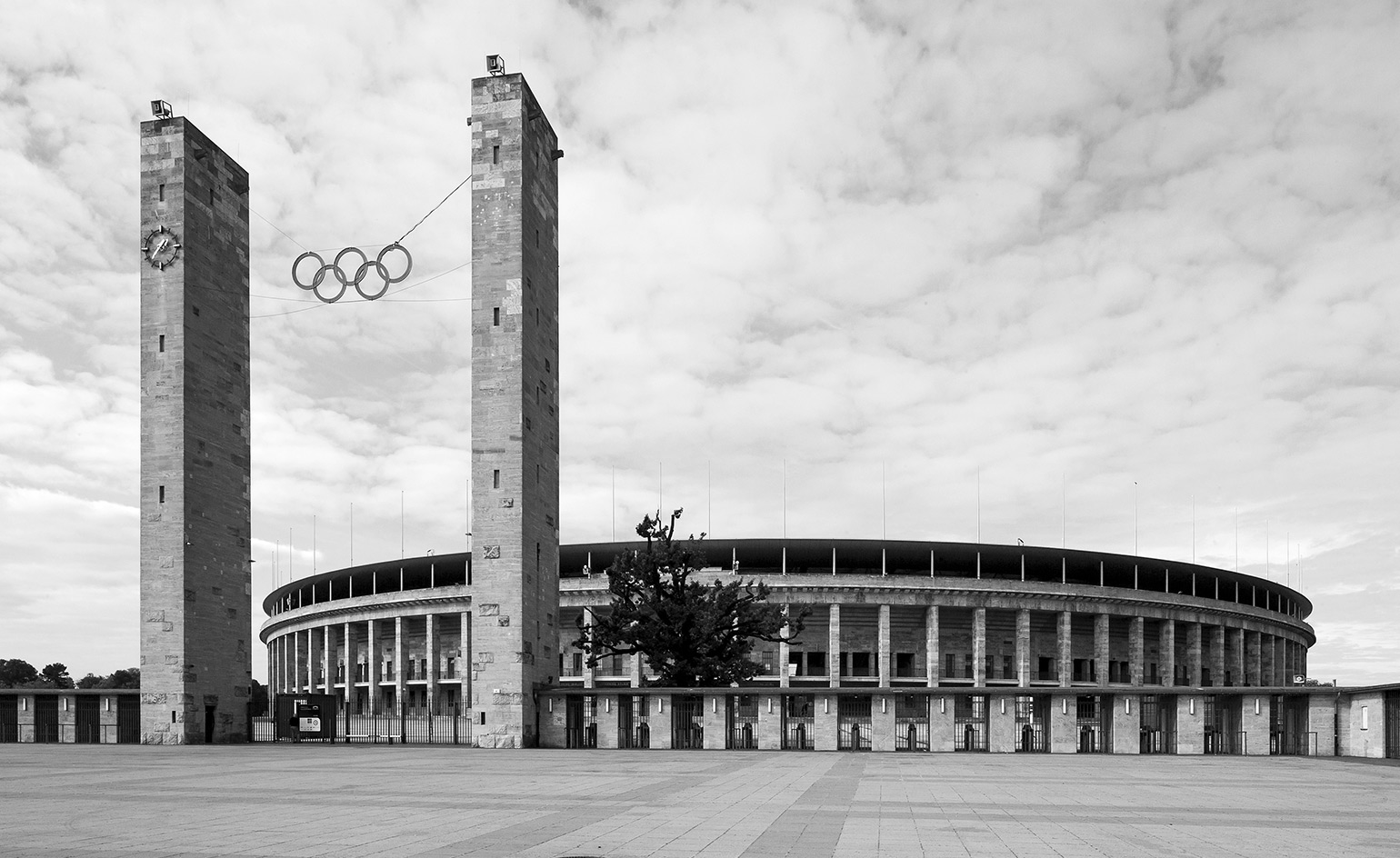
Tourists and locals alike will delight in a new map which tracks Berlin’s modernist architecture across the city. Published by Blue Crow Media in collaboration with journalist and film-maker Matthew Tempest and photographer Simon Phipps, the map shines a light on 50 modernist masterpieces of the 20th century, exhuming Berlin’s political history along the way.
The neat, double-sided guide includes an introduction to the period alongside details of the architectural edifices which defined it. Formerly a political correspondent for The Guardian, Tempest credits the architecture of a city to understanding its history. ‘No 20th century city has more ghosts than Berlin – and they live on in its buildings,’ he says.
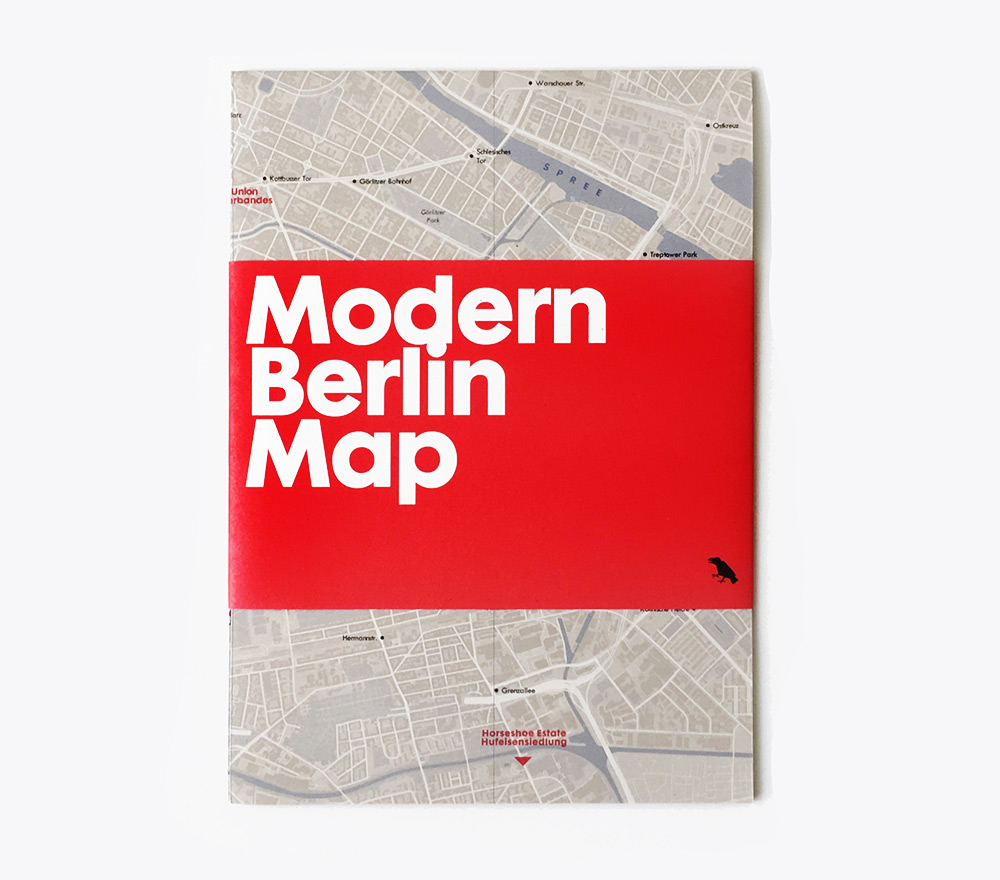
London-based publisher Blue Crow Media illustrates Berlin's 20th century architectural styles across this neat folded map
From Bruno Taut’s Horseshoe Estate – influenced by Soviet ideals – to Cold War period works such as Café Moscow and Kino International in East Berlin, and onto Hans Scharoun’s Berlin Philharmonic and Le Corbusier’s Unité d'Habitation in West Berlin, the city’s architecture was stretched in every stylistic direction as political extremes tore the city in two.
Looking to the end of the century, post-modernist buildings such as Daniel Libeskind’s Jewish Museum and Peter Eisenman’s Memorial to the Murdered Jews of Europe help us understand the role of memorial and repentance that architecture plays in Berlin – preventing us from forgetting irreversible mistakes, asking for forgiveness and commemorating lives lost, while issuing a monumental warning to future generations. ‘Its rebirth as the continent’s capital of cool comes with a blood-soaked and fractured past,’ says Tempest.
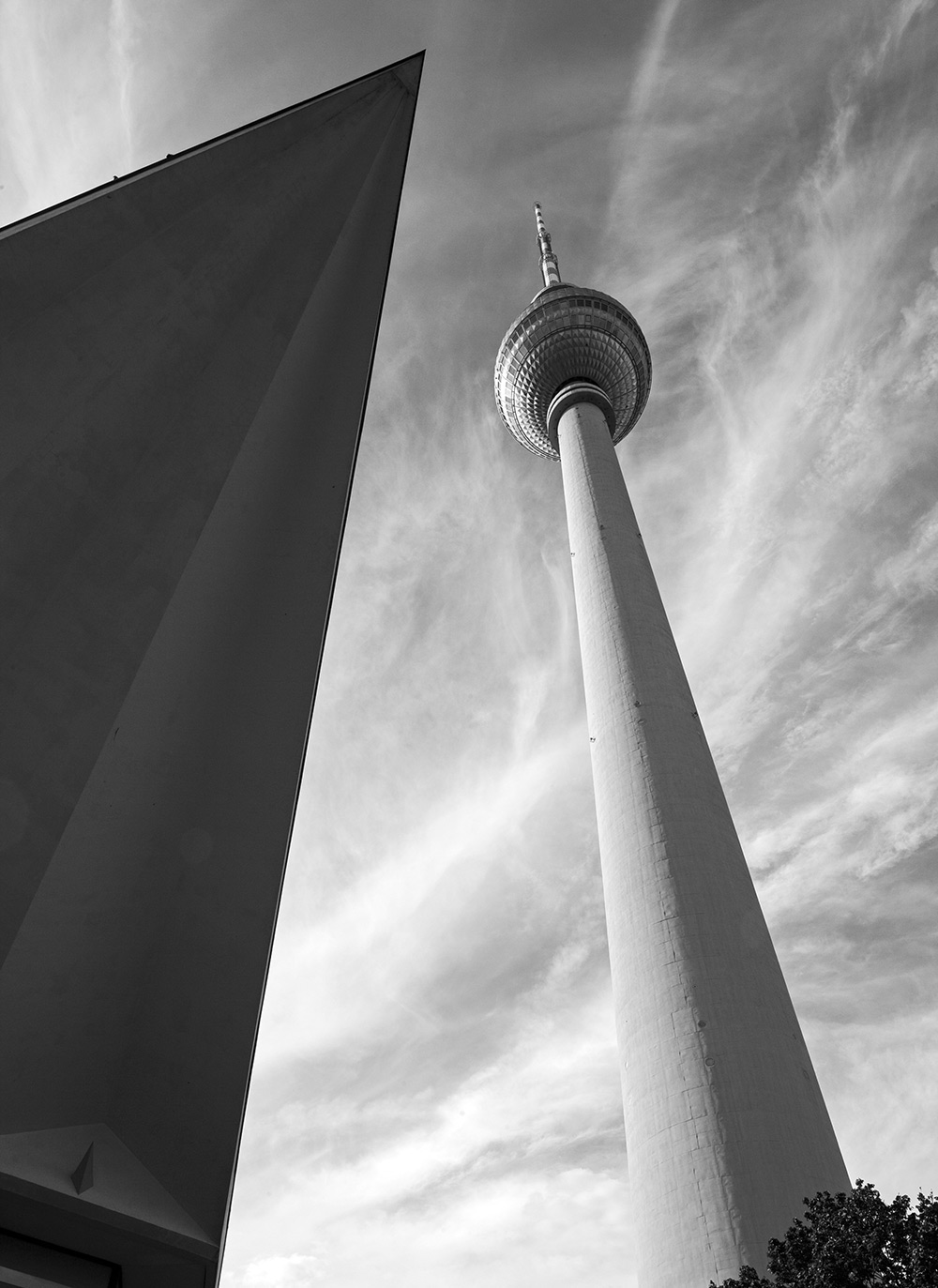
Berlin's iconic Television Tower, constructed between 1965 and 1969 by the administration of the German Democratic Republic (GDR)
Illustrated with striking photographs by Phipps, the Modern Berlin Map waits to be unfolded across a café table in Kreuzberg, to reveal new layers of historical understanding and further fuel our fascination with architectural artifice. The map can be purchased at independent bookshops across Europe including Pro qm in Berlin and Foyles in London.

Opened in 1957, the Haus der Kulturen der Welt was designed by architect Hugh Stubbins

Opened in 1979 and designed by Ralf Schüler and Ursulina Schüler-Witte, the Internationales Congress Centrum is one of the world’s largest conference centres
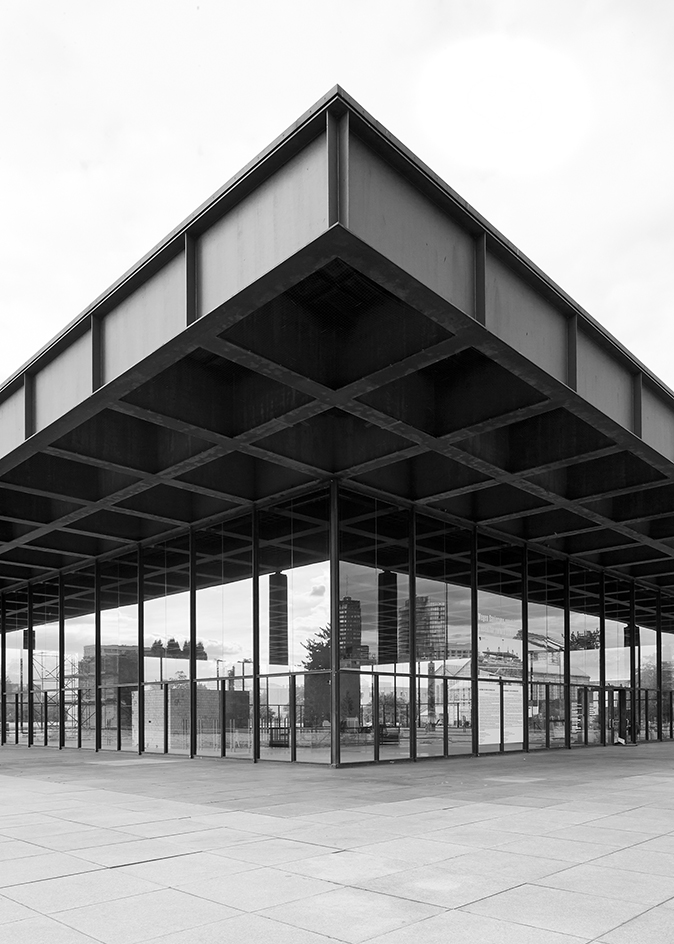
the Neue Nationalgalerie opened in 1968 and shows early 20th century art

Completed in 1980, this building was formerly Berlin’s Central Animal Laboratory, where thousands of animals were tested on
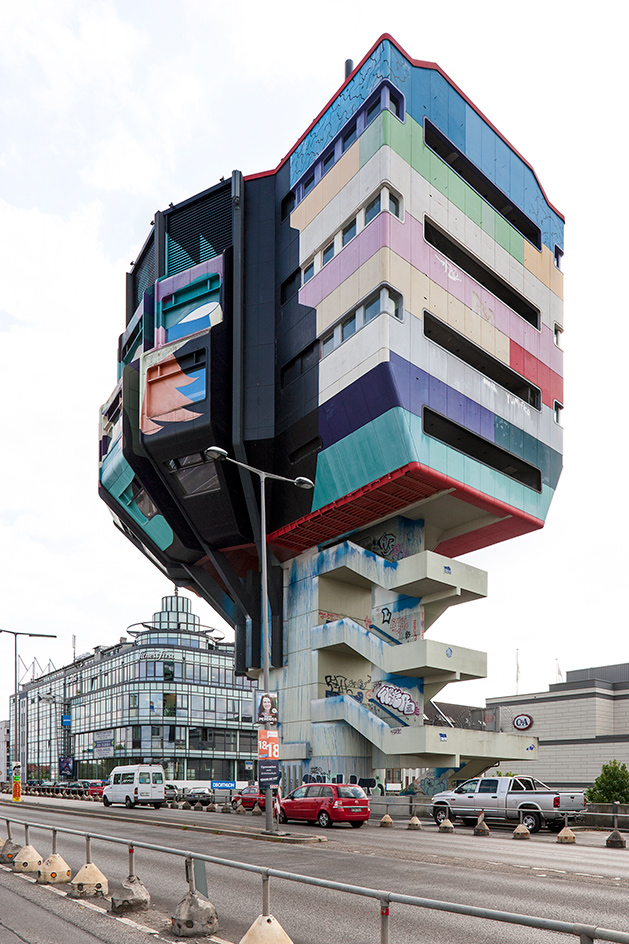
Built between 1972 and 1976, the Bierpinsel or ‘Beer Brush’ is a tower that has changed hands and uses over the past decades
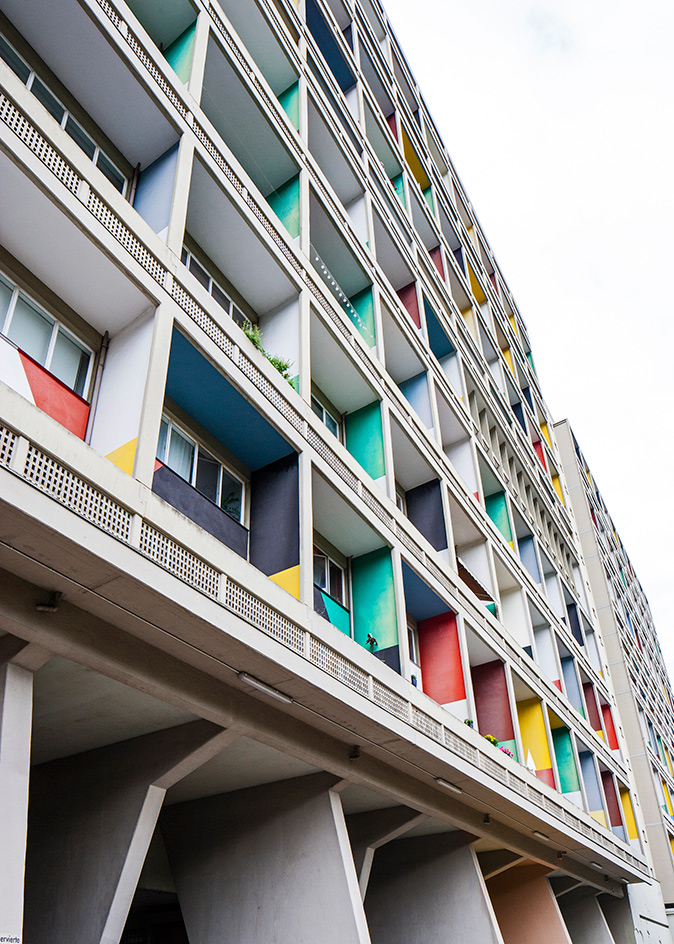
This apartment block by Le Corbusier is designed in his ‘Unité d'Habitation’ style, which he conceptualised via four other models built in France
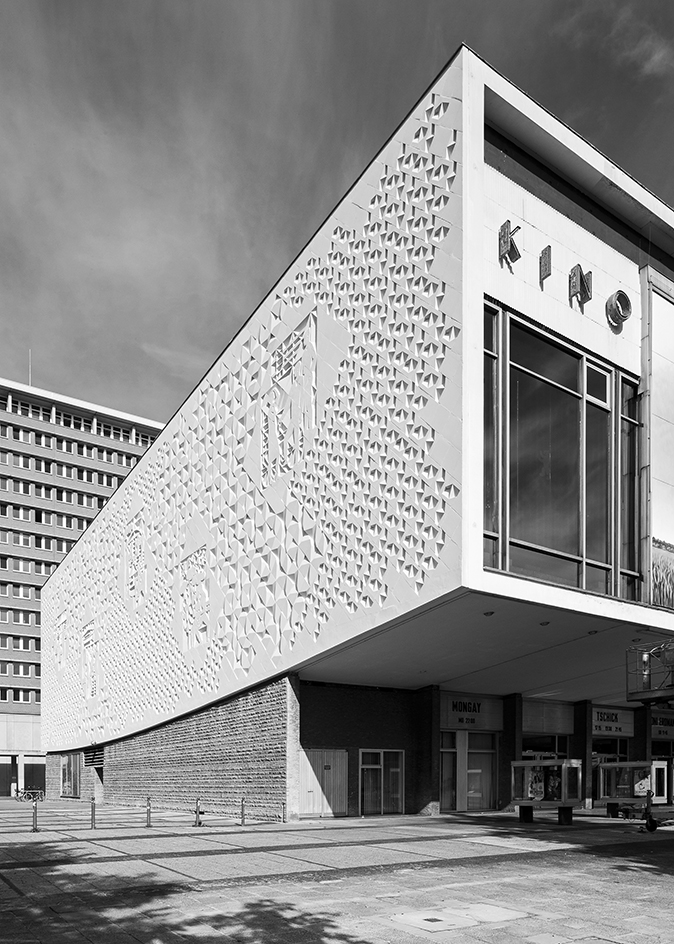
INFORMATION
Modern Berlin Map, £8. For more information, visit the Blue Crow Media website
Receive our daily digest of inspiration, escapism and design stories from around the world direct to your inbox.
Harriet Thorpe is a writer, journalist and editor covering architecture, design and culture, with particular interest in sustainability, 20th-century architecture and community. After studying History of Art at the School of Oriental and African Studies (SOAS) and Journalism at City University in London, she developed her interest in architecture working at Wallpaper* magazine and today contributes to Wallpaper*, The World of Interiors and Icon magazine, amongst other titles. She is author of The Sustainable City (2022, Hoxton Mini Press), a book about sustainable architecture in London, and the Modern Cambridge Map (2023, Blue Crow Media), a map of 20th-century architecture in Cambridge, the city where she grew up.
-
 Each mundane object tells a story at Pace’s tribute to the everyday
Each mundane object tells a story at Pace’s tribute to the everydayIn a group exhibition, ‘Monument to the Unimportant’, artists give the seemingly insignificant – from discarded clothes to weeds in cracks – a longer look
-
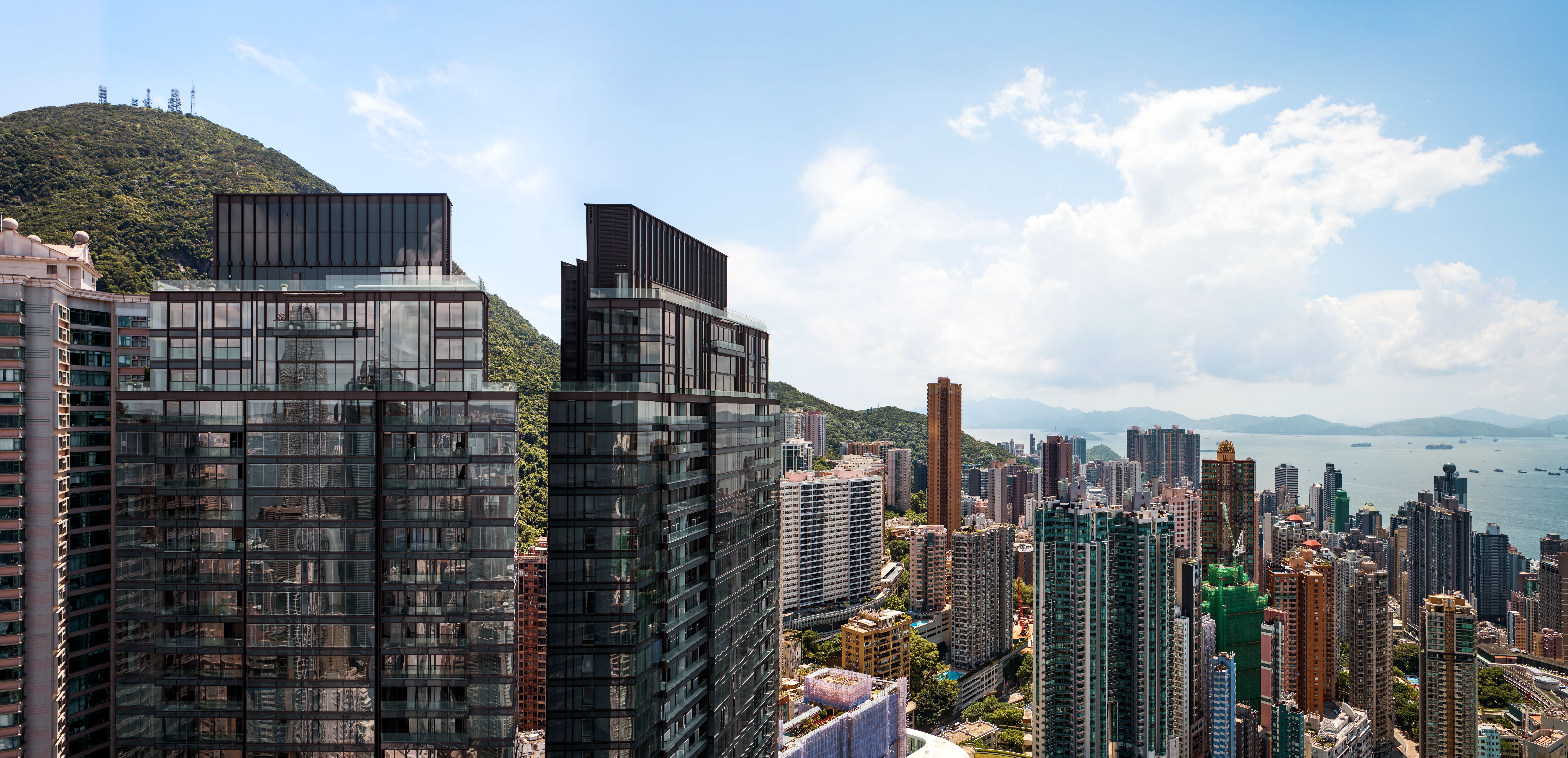 Discover The Legacy, Hong Kong’s eye-catching new condo
Discover The Legacy, Hong Kong’s eye-catching new condoThe Legacy, by ACPV Architects Antonio Citterio Patricia Viel, is a striking new condo tower that aims to ‘create a sense of community and solidarity among people’
-
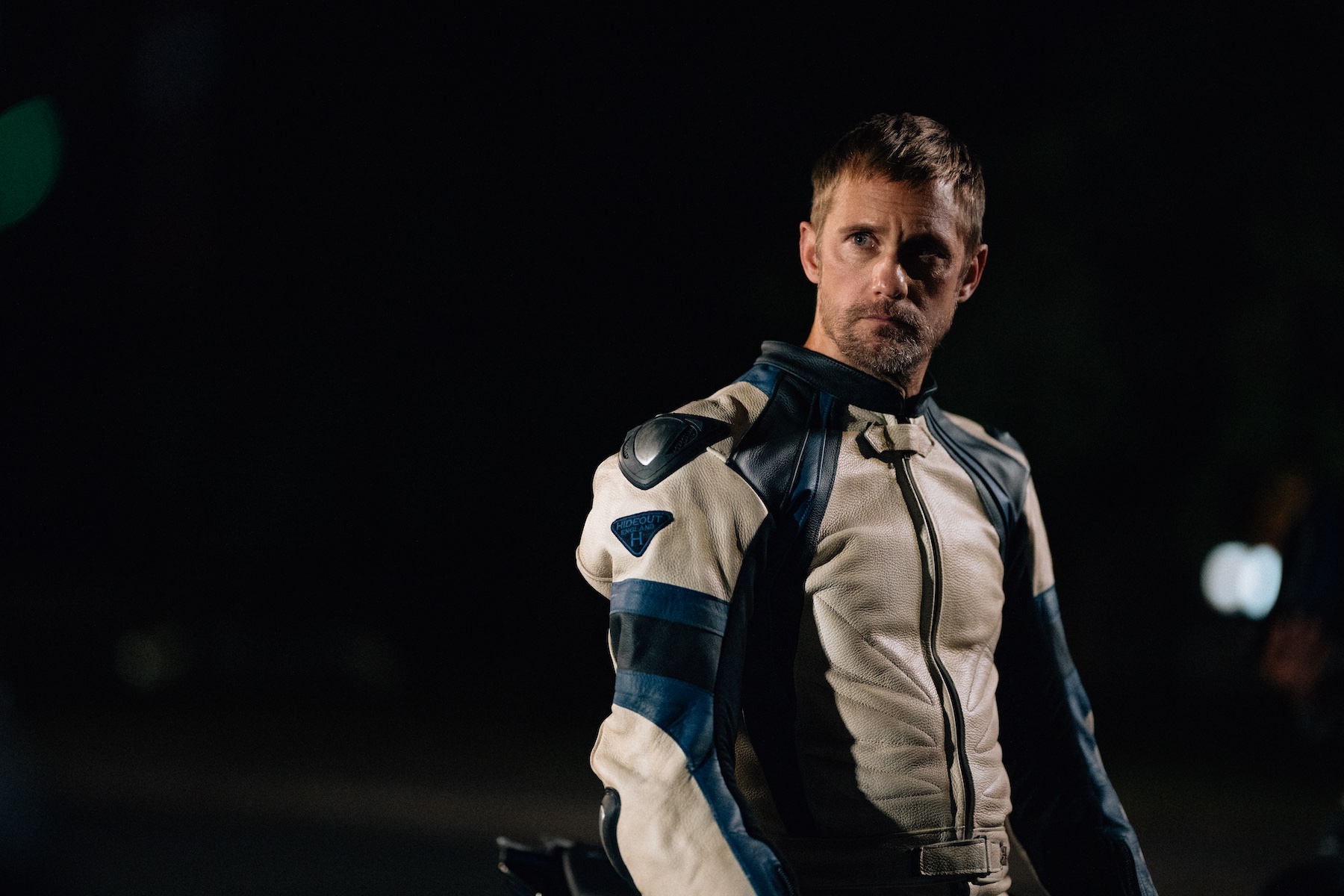 In BDSM biker romance ‘Pillion’, clothes become a medium for ‘fantasy and fetishism’
In BDSM biker romance ‘Pillion’, clothes become a medium for ‘fantasy and fetishism’Costume designer Grace Snell breaks down the leather-heavy wardrobe for the Alexander Skarsgård-starring Pillion, which traces a dom/sub relationship between a shy parking attendant and a biker
-
 The Architecture Edit: Wallpaper’s houses of the month
The Architecture Edit: Wallpaper’s houses of the monthFrom wineries-turned-music studios to fire-resistant holiday homes, these are the properties that have most impressed the Wallpaper* editors this month
-
 This modernist home, designed by a disciple of Le Corbusier, is on the market
This modernist home, designed by a disciple of Le Corbusier, is on the marketAndré Wogenscky was a long-time collaborator and chief assistant of Le Corbusier; he built this home, a case study for post-war modernism, in 1957
-
 From Bauhaus to outhouse: Walter Gropius’ Massachusetts home seeks a design for a new public toilet
From Bauhaus to outhouse: Walter Gropius’ Massachusetts home seeks a design for a new public toiletFor years, visitors to the Gropius House had to contend with an outdoor porta loo. A new architecture competition is betting the design community is flush with solutions
-
 Louis Kahn, the modernist architect and the man behind the myth
Louis Kahn, the modernist architect and the man behind the mythWe chart the life and work of Louis Kahn, one of the 20th century’s most prominent modernists and a revered professional; yet his personal life meant he was also an architectural enigma
-
 The Architecture Edit: Wallpaper’s houses of the month
The Architecture Edit: Wallpaper’s houses of the monthFrom Malibu beach pads to cosy cabins blanketed in snow, Wallpaper* has featured some incredible homes this month. We profile our favourites below
-
 Doshi Retreat at the Vitra Campus is both a ‘first’ and a ‘last’ for the great Balkrishna Doshi
Doshi Retreat at the Vitra Campus is both a ‘first’ and a ‘last’ for the great Balkrishna DoshiDoshi Retreat opens at the Vitra campus, honouring the Indian modernist’s enduring legacy and joining the Swiss design company’s existing, fascinating collection of pavilions, displays and gardens
-
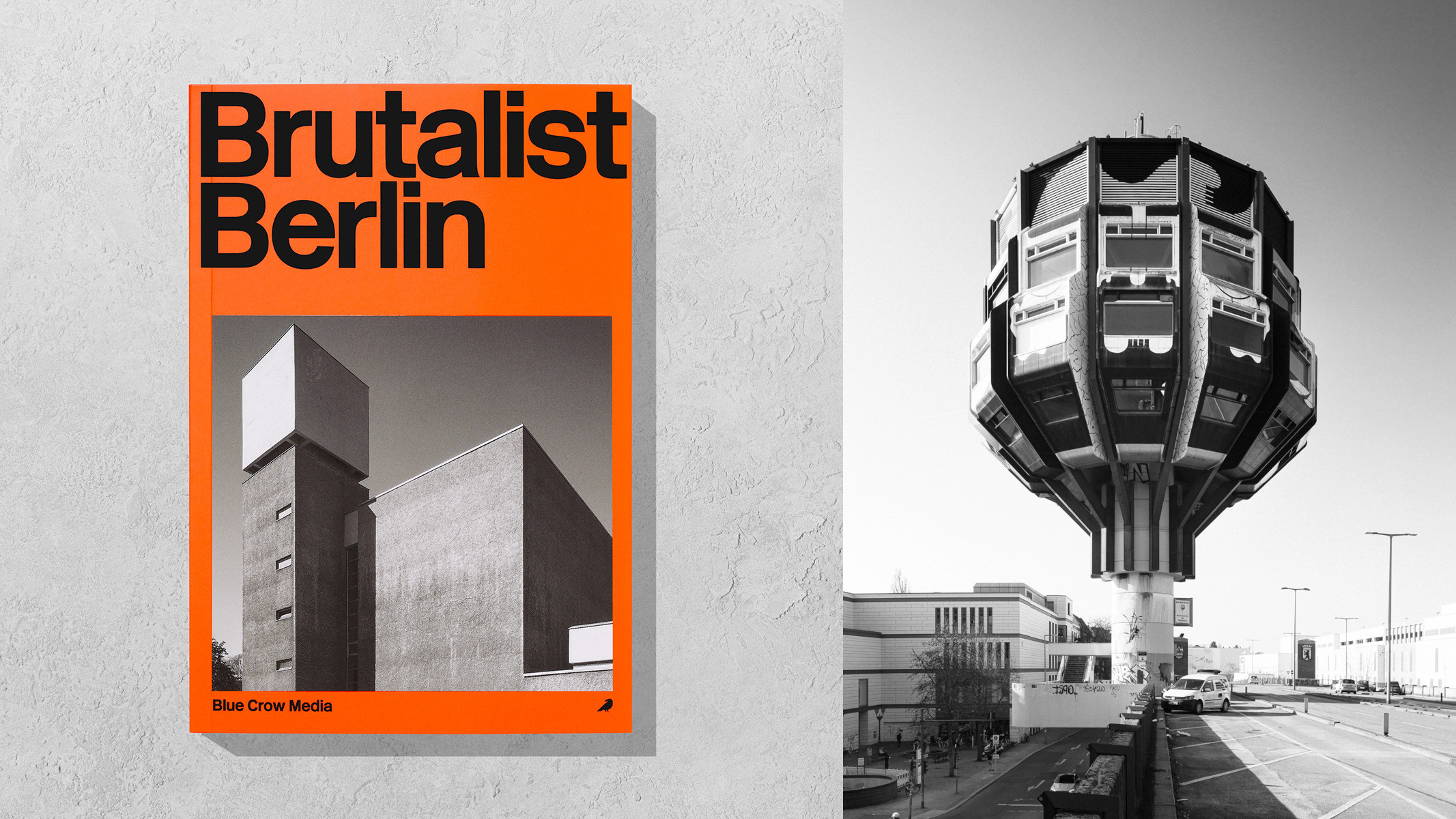 ‘Brutalist Berlin’ is an essential new guide for architectural tourists heading to the city
‘Brutalist Berlin’ is an essential new guide for architectural tourists heading to the cityBlue Crow Media’s ‘Brutalist Berlin’ unveils fifty of the German capital’s most significant concrete structures and places them in their historical context
-
 Three lesser-known Danish modernist houses track the country’s 20th-century architecture
Three lesser-known Danish modernist houses track the country’s 20th-century architectureWe visit three Danish modernist houses with writer, curator and architecture historian Adam Štěch, a delve into lower-profile examples of the country’s rich 20th-century legacy